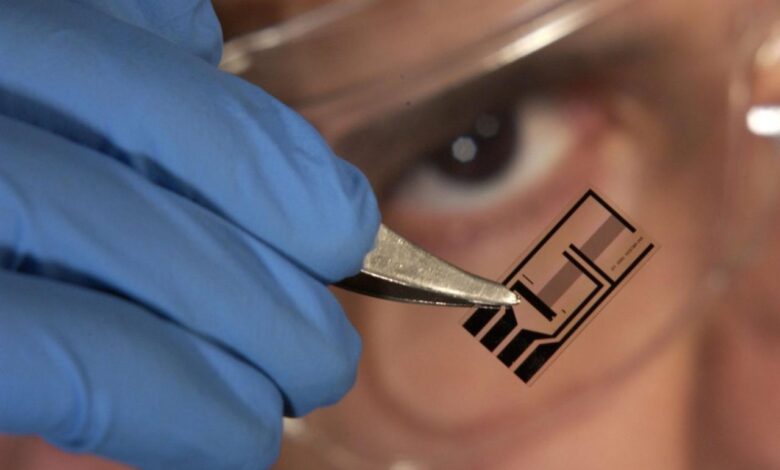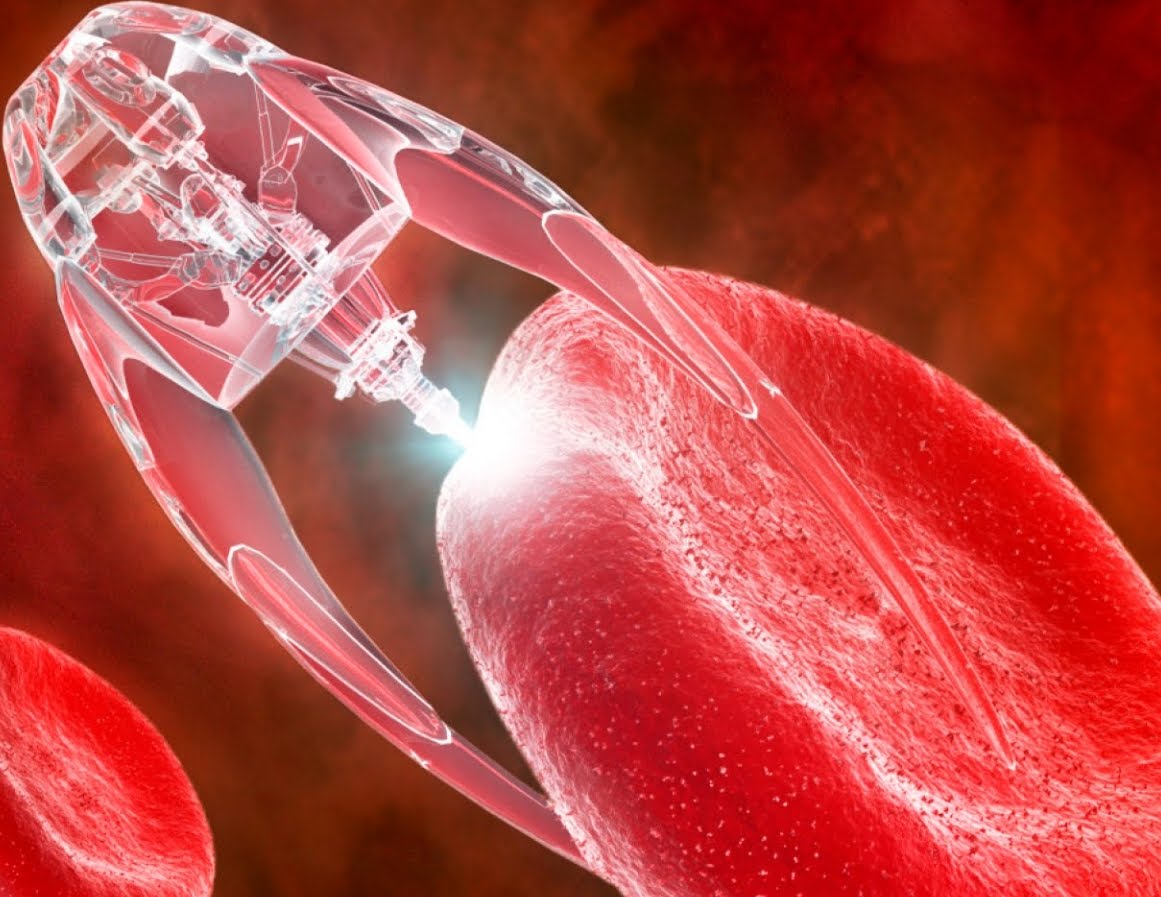Nanotechnology’s Medical Marvels to Cure Diseases

The world of medicine is on the cusp of a revolutionary change, one so profound it’s happening at the molecular level. For centuries, our understanding of the human body and our ability to treat disease have been limited by the scale at which we can operate. However, a new era has dawned with the rise of nanotechnology, the science of manipulating matter on an atomic and molecular scale. This field is creating a suite of medical marvels that are fundamentally reshaping diagnostics, therapeutics, and regenerative medicine. From nanorobots that can patrol our bloodstream to nanoparticles that deliver drugs with pinpoint accuracy, nanomedicine is a game-changer. This article will delve into the most significant breakthroughs in medical nanotechnology, their profound applications in disease treatment and prevention, the ethical and safety challenges they present, and the immense potential they hold for a healthier, longer future.
A New Frontier in Medicine

Nanotechnology, by definition, operates in the realm of nanometers—a billionth of a meter. To put that in perspective, a single human hair is about 80,000 nanometers thick. Working at this scale allows us to interact with biological systems in ways that were once impossible.
A. Nanoparticles for Precision Drug Delivery
One of the biggest challenges in medicine is getting a drug to the right place in the body without causing harm to healthy tissue. Traditional chemotherapy, for example, kills cancerous cells but also damages healthy ones, leading to severe side effects. Nanoparticles are solving this problem by acting as microscopic delivery vehicles.
- Targeted Therapy: Nanoparticles can be engineered with specific molecules on their surface that recognize and bind to cancerous cells. They can then release their drug payload directly into the tumor, maximizing effectiveness and minimizing collateral damage.
- Increased Solubility: Many promising new drugs are not soluble in water, making them difficult to administer. Nanoparticles can encapsulate these drugs, making them soluble and easy to deliver into the bloodstream.
- Blood-Brain Barrier: The brain is protected by a highly selective “blood-brain barrier” that prevents most drugs from entering. Nanoparticles can be designed to cross this barrier, opening up new possibilities for treating neurological diseases like Alzheimer’s and Parkinson’s.
B. The Rise of Nanorobots
While still largely in the research and development phase, the concept of nanorobots—tiny, autonomous machines—holds immense potential for diagnostics and therapeutics.
- In-Vivo Diagnostics: Nanorobots could patrol the bloodstream, continuously monitoring a patient’s health and flagging early signs of disease, such as the presence of cancerous cells or the beginning of an inflammatory response.
- Surgical Precision: In the future, nanorobots could perform highly precise, non-invasive surgery, removing plaque from arteries or destroying tiny tumors without the need for a scalpel.
- Cellular Repair: A long-term vision of nanorobotics is to have them repair damaged cells and tissue, offering a new approach to a wide range of diseases and conditions.
Redefining Diagnostics and Imaging
Nanotechnology is not just changing how we treat disease; it is revolutionizing how we detect it, enabling earlier, more accurate, and less invasive diagnostics.
A. Highly Sensitive Biosensors
Nanosensors are a new class of diagnostic tools that can detect the presence of disease markers at extremely low concentrations.
- Early Disease Detection: A nanosensor could be designed to detect a single cancer biomarker in a blood sample, allowing for a diagnosis years before a tumor would be visible on a CT scan. This early detection is often the key to a successful cure.
- Point-of-Care Diagnostics: These sensors could be integrated into small, portable devices, allowing for rapid and accurate disease diagnosis in a doctor’s office or even in a patient’s home, eliminating the need to send samples to a lab.
B. Enhanced Medical Imaging
Nanotechnology is making medical imaging more powerful and precise than ever before.
- Contrast Agents: Nanoparticles can be used as contrast agents in imaging techniques like MRI and CT scans. They can be designed to light up specific types of tissue, such as a tumor, making it easier for a doctor to see its size and location.
- Real-Time Cellular Imaging: Researchers are developing a new generation of probes and dyes that use nanoparticles to visualize cellular processes in real-time, providing an unprecedented view of how a disease develops and how a drug affects it.
The Future of Medicine

Beyond treating existing diseases, nanotechnology is at the forefront of a new field: regenerative medicine, which focuses on repairing and regenerating damaged tissue and organs.
A. Nanofibers for Tissue Scaffolding
When a tissue or an organ is damaged, a scaffolding is often needed to help new cells grow and form a functional structure. Nanofibers are the perfect material for this.
- Creating Scaffolds: Nanofiber scaffolds, which mimic the natural extracellular matrix of the body, can be used as a template for growing new skin, bone, and nerve tissue.
- Controlled Release: These scaffolds can be designed to release growth factors and other molecules at a precise rate, guiding the growth of new cells and blood vessels.
B. Nanoparticles for Gene Therapy
Gene therapy is a promising new field, but a major challenge has been safely and efficiently delivering genes to a patient’s cells. Nanoparticles are providing a solution.
- Virus-Free Delivery: Many gene therapies use viruses to deliver a new gene, but this can cause an immune response. Nanoparticles can encapsulate a gene and deliver it directly into a cell, bypassing the need for a viral vector.
- Targeted Gene Editing: Nanoparticles can be used to deliver gene-editing tools like CRISPR to a specific cell type, allowing for precise and targeted changes to the genetic code.
Challenges and Ethical Questions
While the potential of nanomedicine is immense, there are significant challenges and ethical questions that must be addressed to ensure its safe and responsible development.
A. Safety and Biocompatibility
A major concern is whether nanoparticles and nanorobots will be safe for the human body. Will they be biodegradable? Will they accumulate in organs over time? What is the long-term impact on human health? These are questions that require rigorous research and testing.
- Nanotoxicity: Some nanoparticles can be toxic to cells and the environment. There is an urgent need to design nanoparticles that are non-toxic and can be safely eliminated from the body.
- Regulatory Hurdles: The unique nature of nanomedicines poses a challenge for regulators. Existing frameworks for drugs and medical devices may not be sufficient, and new, more agile regulatory pathways are needed to ensure patient safety without stifling innovation.
B. The Ethical Divide
As with any powerful new technology, there are profound ethical questions.
- Equity and Access: The high cost of nanomedicines could create a new health divide, where only the wealthy can afford the most advanced treatments. It is critical to ensure that these breakthroughs benefit all of humanity, not just a privileged few.
- Human Enhancement: Where do we draw the line between treating disease and enhancing human capabilities? Could nanotechnology be used to make people stronger, smarter, or live for hundreds of years? This debate is already underway and will become more urgent as the technology matures.
Conclusion
The rise of nanotechnology in medicine is a testament to human ingenuity, opening up a new frontier for diagnosis, treatment, and prevention at the most fundamental level. Nanoparticles, acting as microscopic delivery vehicles, are revolutionizing targeted drug therapy, promising to make treatments for diseases like cancer more effective and less toxic. The potential for nanorobots to patrol our bodies, repairing damage and detecting disease in its earliest stages, sounds like science fiction but is now a serious area of research. Beyond therapeutics, nanomedicine is already transforming diagnostics with highly sensitive biosensors that can detect disease biomarkers with unprecedented accuracy, enabling early intervention and a better chance of a cure. The future of medicine is also being shaped by regenerative nanomedicine, with nanofibers serving as scaffolds for new tissue and nanoparticles providing a safe way to deliver gene therapies, offering new hope for repairing and regenerating the body.
However, as we embrace these medical marvels, we must also confront the significant challenges and ethical questions that come with them. The safety of these microscopic devices and their long-term effects on the human body must be thoroughly understood through rigorous research and new, more agile regulatory frameworks. The question of equity and access is paramount; we must ensure that these life-changing technologies are available to all, not just a privileged few. The ethical debate on human enhancement is also just beginning, and how we navigate it will define the future of what it means to be human. The journey of nanomedicine is a collaborative one, requiring the combined efforts of scientists, ethicists, policymakers, and the public to ensure that this incredible technology is developed and used responsibly for the betterment of all. The era of nanomedicine is here, and it promises to build a healthier, longer, and more personalized future, one atom at a time.


